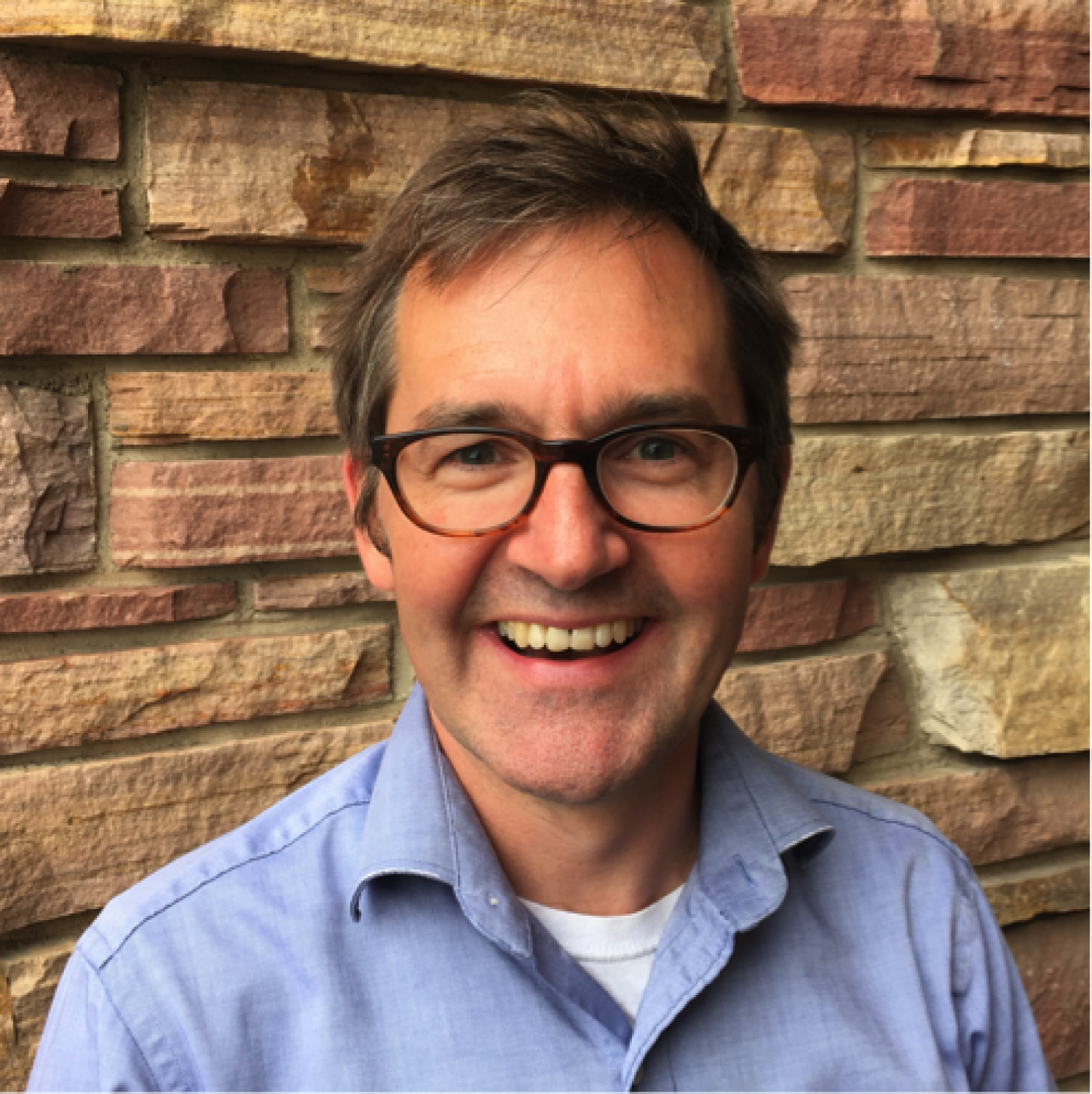Boswell Wing
- Associate Professor
- GEOLOGICAL SCIENCES

Office: BESC 362E
Research
In thinking about Geobiology, two facts offer a clear guide. The first is that microbes dominate elemental cycling on modern Earth. The second is the age of Earth. Together, they imply a long co-evolutionary relationship between the geochemistry of earth surface environments and the activity of their microbial inhabitants. Our research in Geobiology is aimed at understanding this relationship over the long arc of Earth's history, and at making that understanding as quantitative as possible.
By studying modern microbes in culture or in the natural environment, we can learn in great detail about their metabolisms. In particular, modern microbial metabolisms can produce characteristic chemical or isotopic signatures, sometimes in their biosynthetic products, sometimes in their waste products. This knowledge is then put to task, with the presence of these signatures in geological materials used to infer the appearance and activity of microbes in the deep past. Interpretations of these microbial ‘bio-signatures’ in the ancient rock record are based on a critical peculiar assumption: their metabolic origin has not changed in a long, long time.
This is a funny assumption for a couple of reasons. Microbial metabolisms can evolve on human timescales, as recognized by anyone who has hesitated going to the hospital for fear of a ‘super bug’. In deep time, the paradox becomes even more dramatic. There are ≈5x1030 bacteria and archaea on Earth today. Mean turnover times of natural microbial populations are days to millenia (10-2 to 103 years). Assuming that a similar-sized microbial biosphere has been maintained since 3.5 billion years ago, the number of microbes that have ever lived on Earth is awesome: >1037 to 1042. In broad brush, though not in detail, these numbers can be thought of as the number of individual microbial evolution experiments run by Nature. Even if only a small percentage of these impacted the microbial traits that produce geologically significant bio-signatures, it seems incredible that the characteristic chemical or isotopic products of the relevant metabolisms have remained immune to evolutionary modification.
We investigate this paradox in a couple of ways. First, we go out in the field and collect large suites of samples from well-characterized modern and paleo environments, and see if the isotopic and geochemical patterns that we observe are consistent with bio-signatures from microbial cultures in the laboratory. Second, we take modern microbial populations and subject them to experimental evolution in the lab, and see if their adaptive changes have isotopic or geochemical consequences that can inform our interpretations of bio-signatures from the ancient rock record. This work cuts across many disciplines, from molecular biology to geochronology, and is rooted in real-time hypothesis testing, from one outcrop (and one generation) to the next. As a result, it is totally collaborative, highly uncertain, and wicked fun.
Although our culturing work currently focuses on cyanobacteria and sulfate-reducing bacteria and archea (the alpha and omega of the global carbon cycle) and recent field studies have focused on bizarre biogeochemical changes at the beginning and end of the Proterozoic Eon, our research is, at its root, hypothesis-based. Once a stimulating geobiological question is identified (no hard task given the critical mass of geobio types here at CU Boulder!), we design new field studies, analytical techniques, and laboratory experiments to test it.
Keywords
experimental microbial evolution, stable isotope geochemistry, precambrian geology, early earth
Department Topic Areas
- Primary: Geobiology & Astrobiology, Geochemistry
- Secondary: Cosmochemistry & Planetary Geology, Economic & Energy Resources, Paleontology & Paleobiology
Education and Training
- 2005 (PhD): Earth and Planetary Sciences, Johns Hopkins
- 1998 (MA): Earth and Planetary Sciences, Johns Hopkins
- 1996 (AB): Earth and Planetary Sciences, Harvard

